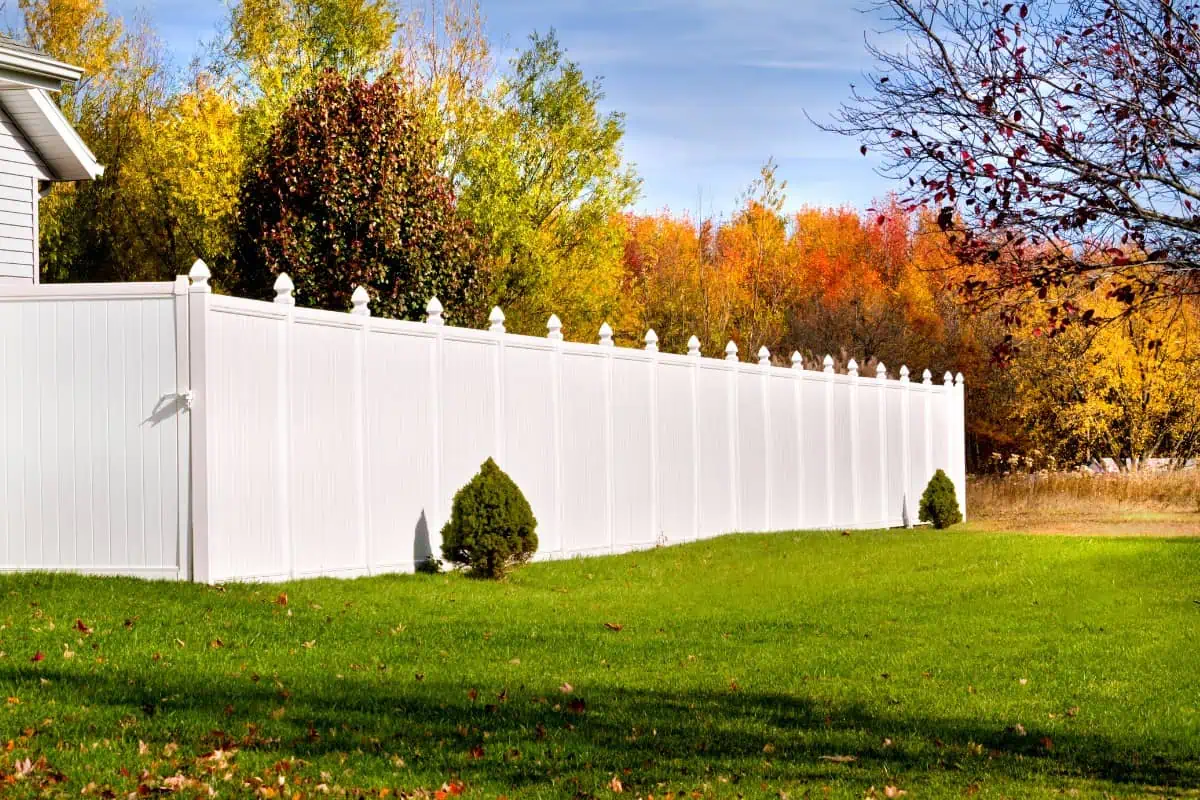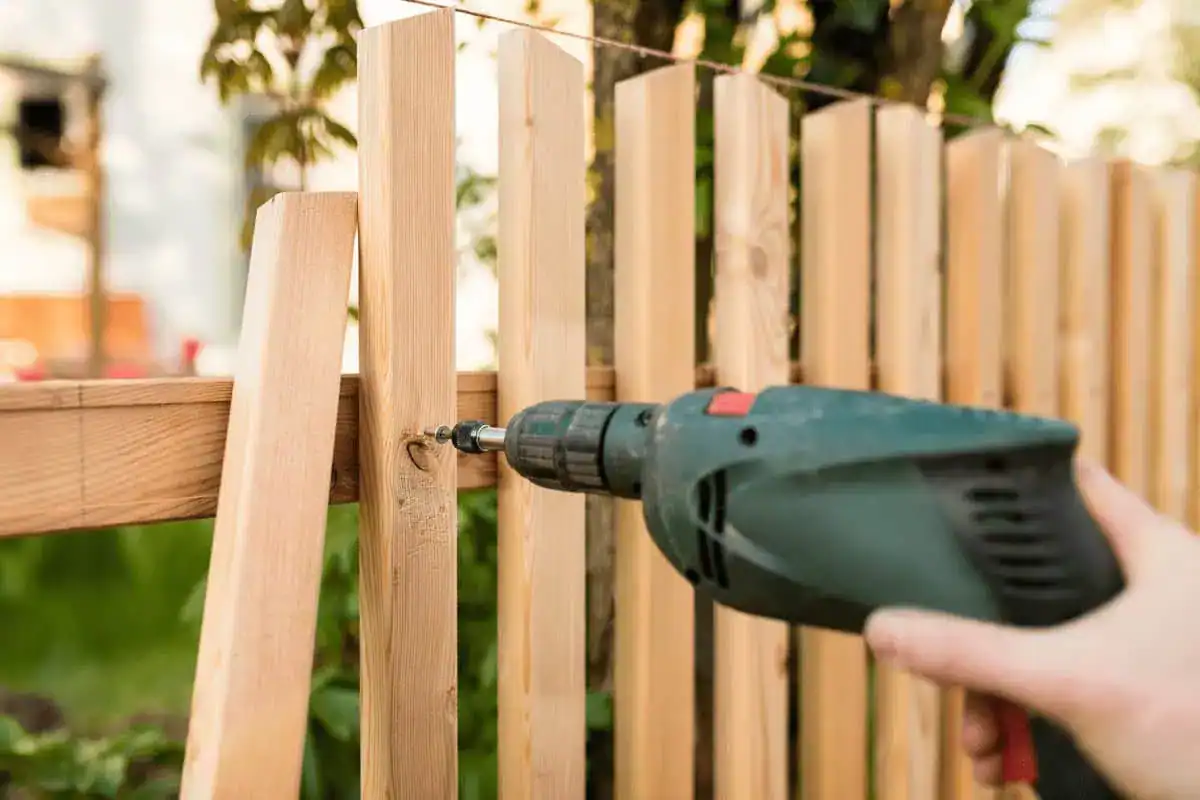Introduction
Your lawn doesn’t have to be another weekend headache. Between Connecticut’s unpredictable seasons, clay soil, and the constant battle against weeds and pests, maintaining a healthy lawn in Fairfield County feels like an uphill battle. But here’s the thing – when you understand what your grass actually needs and when it needs it, lawn care becomes manageable. This guide walks you through the seasonal rhythms, grass varieties, and maintenance practices that work specifically for our local climate and soil conditions.
Understanding Connecticut’s Lawn Care Schedule
Connecticut’s climate demands a different approach than what you’ll find in generic lawn care guides. We experience all four seasons with intensity – cold winters, wet springs, hot summers, and unpredictable fall weather. Your lawn care schedule needs to work with these natural rhythms, not against them. The key is timing everything around your grass’s natural growth cycles. Cool-season grasses, which make up most Connecticut lawns, have two peak growing periods: spring and fall. These are your windows for major lawn care activities. Summer becomes about maintenance and protection, while winter is recovery time. Understanding this rhythm changes everything about how you approach lawn care.
When to Fertilize Your Lawn in Connecticut
Fertilization timing can make or break your lawn’s health. In Connecticut, your most important fertilization window is early fall, typically around September. This timing allows cool-season grasses to absorb and store nutrients before winter dormancy while promoting healthy root development. Many homeowners make the mistake of heavy spring fertilization, but this can actually stress your grass during summer heat. If you’re going to fertilize in spring, do it lightly when the grass starts greening up, usually late April to early May. Your soil test results should guide your fertilization schedule. Connecticut’s naturally acidic soils often benefit from limestone applications to balance pH levels. Most established lawns need fertilization 2-3 times per year maximum – early spring (optional), late summer, and late fall with a winterizer formula. The “more is better” mentality doesn’t work with fertilizer. Over-fertilization leads to rapid, weak growth that’s more susceptible to disease and drought stress. Slow-release, organic fertilizers work better in our climate because they provide steady nutrition without the boom-bust cycle of quick-release synthetic options. Remember that fertilization should stop during hot, dry summer periods when grass goes semi-dormant. Feeding dormant grass wastes money and can actually harm your lawn.
Seasonal Maintenance Tasks That Matter
Each season brings specific lawn care priorities that align with your grass’s natural needs. Spring is about gentle awakening – light raking to remove debris, gradual mowing height reduction, and addressing any winter damage. This isn’t the time for aggressive treatments. Summer focuses on protection and maintenance. Raise your mower height to help grass cope with heat stress. Water deeply but less frequently to encourage deep root growth. Monitor for pests like grubs and chinch bugs that thrive in Connecticut’s humid summers. Fall is your power season. This is when you aerate compacted soil, overseed thin areas, and apply your most important fertilizer application. The combination of warm soil and cool air creates ideal conditions for grass establishment and root development. Fall cleanup deserves special attention in Connecticut. Our heavy leaf drops can smother grass if left unmanaged. Remove thick leaf layers promptly, but light coverings can be mulched with your mower to provide natural fertilization. Winter preparation involves gradually lowering your final mowing height to about 2 inches. This helps prevent snow mold and other winter diseases while protecting grass crowns from cold damage. Avoid walking on frozen grass, which can cause permanent damage to dormant plants.
Choosing the Right Grass for Connecticut Conditions
Not all grass types can handle Connecticut’s climate challenges. You need varieties that tolerate cold winters, humid summers, and our region’s variable precipitation patterns. Cool-season grasses dominate here for good reason – they’re built for our weather. The most successful Connecticut lawns typically blend multiple grass types rather than relying on a single variety. This approach provides better disease resistance, seasonal performance, and overall resilience. Understanding each grass type’s strengths helps you make informed decisions about your lawn. Soil conditions also influence grass selection. Connecticut’s clay soils, acidic pH, and drainage issues require grasses that can adapt to these challenges while still providing the appearance and durability you want.
Best Grass Types for Fairfield County
Kentucky bluegrass remains popular for its lush, dense appearance and excellent cold tolerance. It creates that classic “carpet” look many homeowners want. However, it requires more water and maintenance than other options, making it better suited for homeowners willing to invest in regular care. Tall fescue offers superior drought tolerance and can handle Connecticut’s clay soils better than most alternatives. It’s particularly good for high-traffic areas and slopes where erosion might be a concern. The newer turf-type tall fescues have finer texture than older varieties while maintaining their durability. Fine fescue varieties excel in shaded areas and low-maintenance situations. They require less water and fertilizer than other cool-season grasses, making them ideal for naturalized areas or homeowners who prefer minimal intervention. Creeping red fescue spreads by rhizomes, while other fine fescues form clumps. Perennial ryegrass germinates quickly and establishes fast, making it excellent for overseeding and repair work. It blends well with other grasses and provides good wear tolerance. However, it can struggle in extreme heat and may need more water during summer dry spells. Most successful Connecticut lawns use seed blends that combine 2-3 of these grass types. A typical mix might include Kentucky bluegrass for density, tall fescue for durability, and fine fescue for shade tolerance. This approach provides better overall performance than any single grass type.
Dealing with Connecticut’s Soil Challenges
Connecticut’s soils present unique challenges that affect grass selection and care practices. Most of our soils are naturally acidic, with pH levels often below the 6.0-7.0 range that most grasses prefer. Regular soil testing every 2-3 years helps you understand your specific conditions. Clay soils are common throughout Fairfield County, creating drainage and compaction issues. These soils hold water and nutrients well but can become waterlogged in spring and hard-packed in summer. Grass selection becomes crucial – tall fescue and fine fescue handle clay soils better than Kentucky bluegrass. Improving clay soil takes time and patience. Core aeration in fall helps relieve compaction and allows air and water to reach grass roots. Adding organic matter through compost topdressing gradually improves soil structure, but this is a multi-year process. Coastal areas face additional challenges from salt exposure and sandy soils. Salt-tolerant grass varieties and proper drainage become essential. Regular irrigation may be needed to leach salt from the soil, especially after winter road salt applications. Rocky, shallow soils in some areas limit root development and water retention. These sites often benefit from drought-tolerant grass varieties and more frequent, lighter watering to prevent runoff. Soil amendments may be necessary to create adequate growing medium for healthy grass establishment. Understanding your specific soil conditions helps you choose appropriate grass varieties and adjust your maintenance practices accordingly. What works in one part of Fairfield County may not work in another due to these soil variations.
Creating Your Connecticut Lawn Care Success Plan
Successful lawn care in Fairfield County comes down to working with your local conditions rather than fighting them. Choose grass varieties suited to your specific site conditions, time your major lawn care activities around natural growth cycles, and focus on building healthy soil rather than just feeding grass. Remember that every lawn is different. Your neighbor’s approach might not work for your property due to differences in soil, drainage, sun exposure, and maintenance preferences. Start with soil testing to understand your baseline conditions, then develop a realistic maintenance schedule you can actually follow. The most beautiful lawns in Fairfield County aren’t necessarily the most complicated to maintain. They’re the ones where homeowners understand their grass’s needs and provide consistent, appropriate care. If you’re ready to transform your lawn care approach with professional expertise and local knowledge, we at Roots Landscaping LLC can help you develop a customized plan that works for your specific property and lifestyle.





